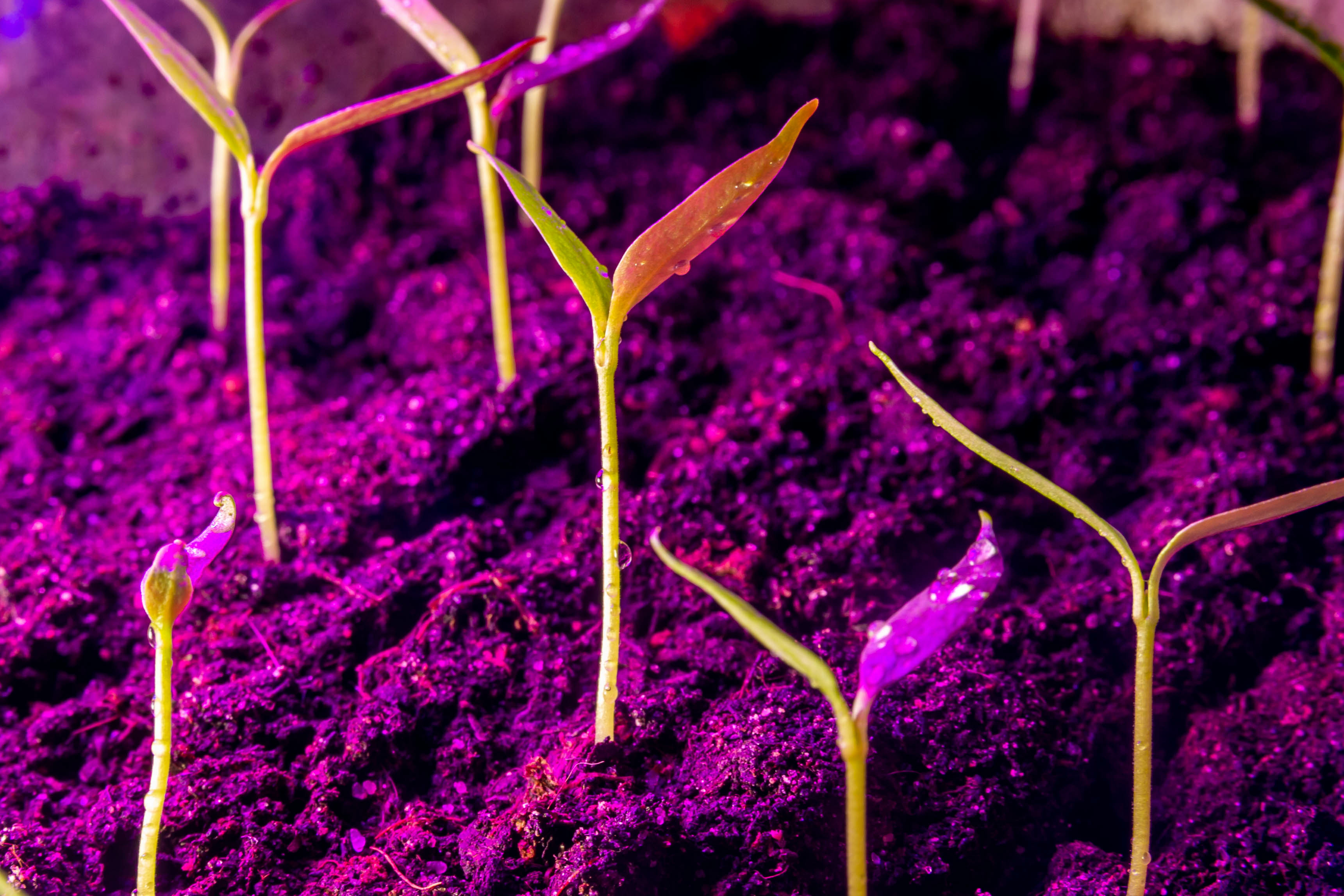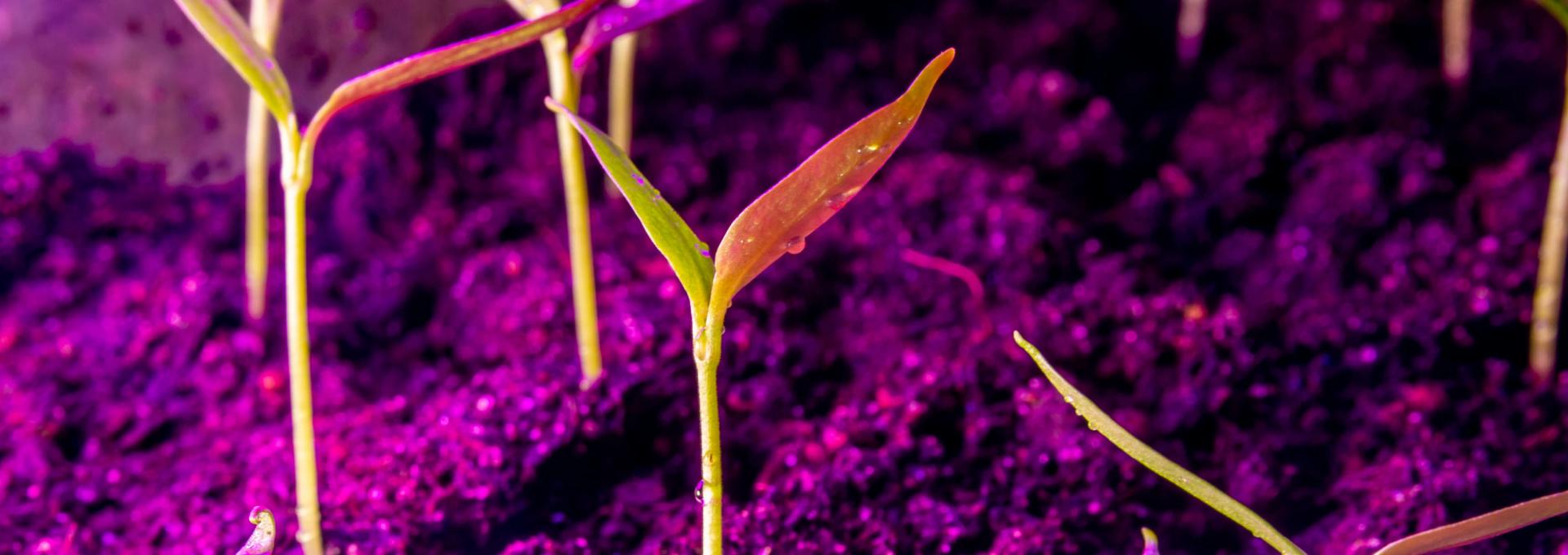
Estidamah follows up the advancements in agriculture technology that support sustainability. Testing and adapting these technologies stand as one of the priorities of Estidamah research programs. Vertical farming, also known as indoor farming, has gained a lot of interest in recent years. This has to do with various factors. The market is getting more demanding, in terms of quality of the product which should be pesticide-free, tasty and available all year.
As welfare increases, so does the number of high-end consumers who can afford these high-quality products. Technological development also increases the possibilities of vertical farming. LED lamps, for example, provide more photo-active radiation energy (light for photosynthesis) per Watt of energy being used. The fact that vertical farming is independent of the outside conditions makes it attractive for areas of the world with extreme climate conditions. Vertical farming is gaining greater attention and interest on publicity platforms around the world now.
Estidamah vertical farming program aims to enter into partnerships with vertical farming leaders worldwide to establish vertical farming units that optimize specific crop production; mainly leafy vegetables and strawberries. Applications of different LED light resources and optimizing growing conditions would introduce a model that finely suits local farmers and the commercial sector that adopts the vertical farming concept.
